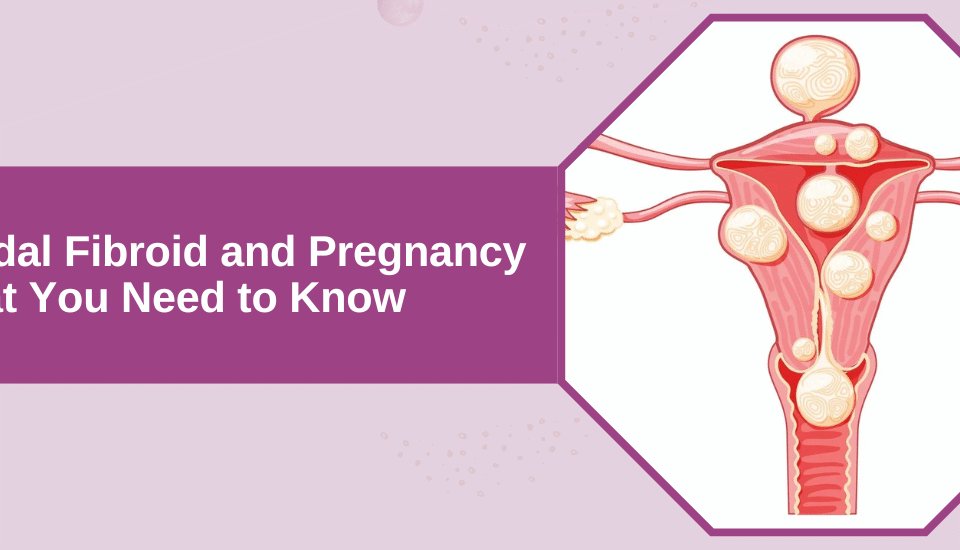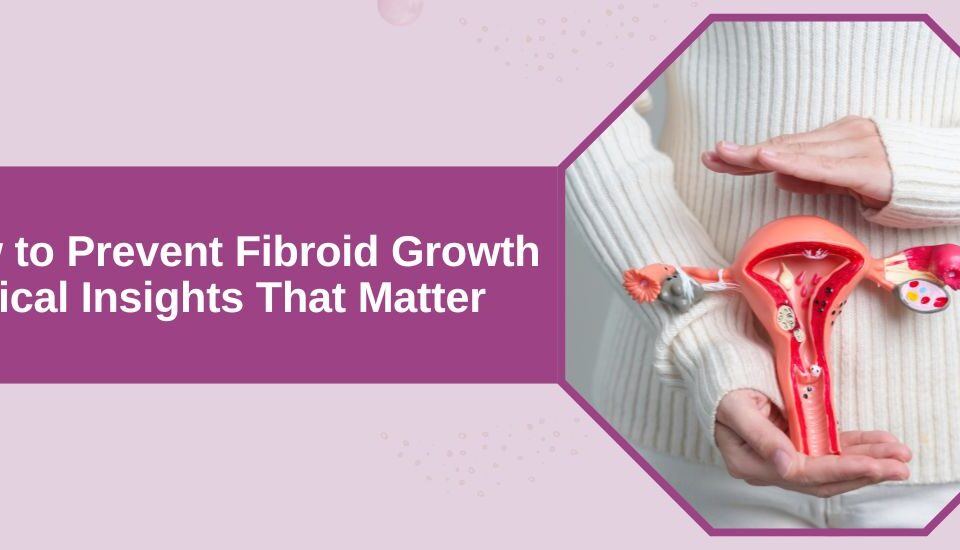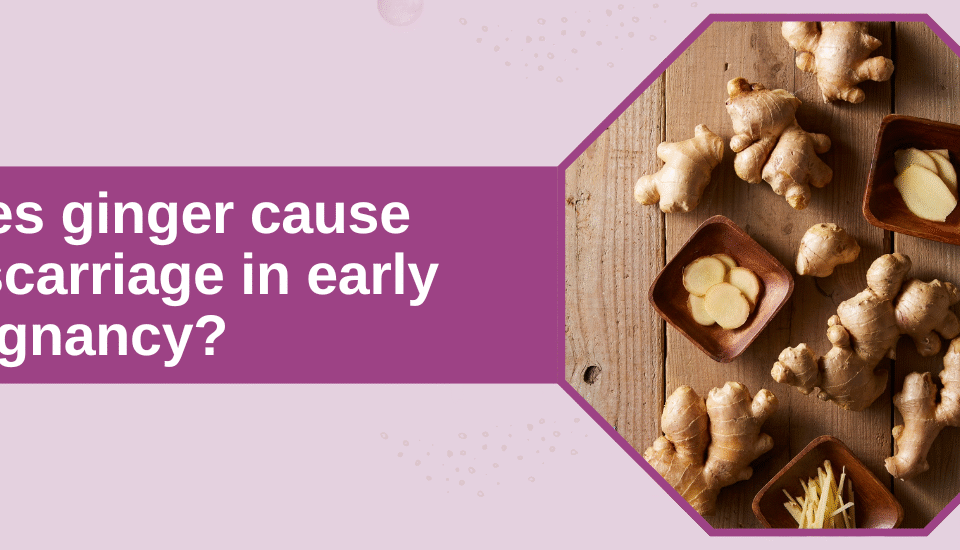- Have any questions?
- +91-98717 17305
- babiesandus12@gmail.com
HCG Levels 15 Days After Embryo Transfer

Does Sabja Seeds Cause Infertility? Here’s What Science Says
July 18, 2025
IVF Age Limit: What You Really Need to Know – Introduction
August 19, 2025
“Every journey through IVF comes with moments of hope and uncertainty. Day 15 after embryo transfer is one of the most pivotal,” says Dr. Hrishikesh Pai, a renowned IVF doctor and the founder of Babies and Us IVF Center in Mumbai.
For patients navigating fertility treatment, HCG levels after embryo transfer becomes a critical indicator of early pregnancy success. Human chorionic gonadotropin (HCG) is the first hormone produced once the embryo successfully implants into the uterine lining. By 15 days post embryo transfer HCG levels are usually high enough to offer a clear signal of whether implantation has occurred and if the pregnancy is progressing as expected.
Let’s understand why this day matters so much.
Why Day 15 Post-Transfer Is Clinically Critical

The 15th day after embryo transfer is when clinicians generally schedule the first beta HCG blood test. At this point, the embryo — if it has implanted — has had enough time to start releasing detectable levels of HCG.
HCG, often called the “pregnancy hormone,” is secreted by the cells that form the placenta. Its presence in the blood is the earliest definitive confirmation of pregnancy, even before a gestational sac can be visualized on ultrasound.
Dr. Hrishikesh Pai explains, “Day 15 gives us our first concrete window into whether implantation has taken place. We are looking not just for a positive result, but for an HCG level that aligns with healthy embryonic development.”
Because HCG levels double roughly every 48–72 hours in a normal early pregnancy, the baseline value on day 15 sets the foundation for all monitoring going forward.
Have questions about your HCG results? Speak with a fertility expert today to better understand your next steps.
Here’s what you should know.
What Range of HCG Is Expected at Day 15 — and Why It’s Variable

When interpreting normal HCG levels after IVF, it is important to remember that “normal” can vary widely. HCG levels 15 days after embryo transfer may range between 70 to 750 mIU/mL for a singleton pregnancy. However, this can be influenced by multiple factors:
- Embryo age at transfer: A day 3 embryo vs. a day 5 blastocyst will alter HCG timing.
- Number of embryos implanted: Twin pregnancies often yield higher HCG values.
- Individual metabolism and HCG sensitivity
Importantly, a single number isn’t everything. It’s the trend over time that offers the clearest insight. A low value might be perfectly acceptable if it’s doubling appropriately in subsequent days.
How Implantation Timing Alters HCG Levels on Day 15
Not all embryos implant on the same timeline. In IVF, the embryo may implant as early as 1–2 days after transfer or as late as 5 days post-transfer. This delay can significantly impact what you see on Day 15.
For example, if implantation occurred late, HCG production may have only recently begun, resulting in lower levels on the day of testing. Whereas, early implantation may lead to higher HCG values. This variability is why follow-up testing, usually 48 hours later, is essential.
Before you panic over a low number, consider this.
When Low HCG Isn’t the End: Monitoring Beta Doubling Rate
If HCG levels after embryo transfer come back on the lower end of the spectrum, don’t lose hope. The rate of increase — known as the beta doubling rate — is what really matters.
In viable early pregnancies, HCG levels should approximately double every 48 to 72 hours. So even if day 15 shows a low starting point, steady increases can indicate a healthy, progressing pregnancy.
For instance:
- Day 15: 75 mIU/mL
- Day 17: 150–180 mIU/mL → Positive trend
- Day 19: 300–360 mIU/mL → Strong confirmation
Your doctor will likely schedule serial beta HCG tests to track this pattern.
Here’s what high HCG could suggest.
When High HCG Requires Further Investigation
While many assume higher HCG means a stronger pregnancy, that’s not always the case. Exceptionally high HCG levels on day 15 might indicate:
- Multiple gestations (twins or more)
- Molar pregnancy (a rare abnormal pregnancy)
- Misdated implantation timing
It’s essential to interpret high values in context. A follow-up ultrasound can help determine the number of sacs, placental health, and other critical markers.
Not sure if your HCG numbers are on track? Schedule a follow-up consultation to review your results with a specialist.
Let’s clear your confusion.
Should You Worry If Symptoms Don’t Match HCG Level?

It’s common for IVF patients to compare symptoms with HCG values. Some may worry if they don’t feel nauseous or experience breast tenderness, while others might be alarmed by strong symptoms paired with low HCG.
However, symptom intensity does not reliably correlate with HCG levels.
Pregnancy symptoms are influenced by:
- Hormonal sensitivity
- Individual body responses
- Progesterone supplementation used in IVF
Some women with high HCG feel perfectly normal, while others with lower levels may have intense nausea. Remember, blood work gives the most reliable insight.
What next? Let’s find out.
What Happens After Day 15: Ultrasound Timing & Progesterone Role

Once HCG is confirmed on day 15, the next focus is continued hormonal support and preparing for ultrasound evaluation.
1. Serial HCG tests: To confirm doubling rate.
2. First ultrasound: Generally scheduled around 6 weeks (21 days post embryo transfer) to detect the gestational sac and fetal heartbeat.
3. Progesterone support: Critical in early pregnancy to sustain the uterine lining. Even with high HCG, progesterone may be continued up to 10–12 weeks of gestation.
Maintaining progesterone is especially important in IVF pregnancies, as natural hormone production may lag initially.
Looking for clarity on your IVF progress? Talk to a fertility expert today and get personalized insights on your HCG results.
Conclusion
Understanding 15 days post embryo transfer HCG levels is a significant step in the IVF journey. Whether numbers are high, low, or somewhere in between, what matters most is how they evolve. From implantation timing to hormonal support, many factors influence these values — and none should be judged in isolation.
Dr. Hrishikesh Pai concludes, “HCG levels are a starting point, not a verdict. When managed with experience and compassion, every number can lead to an informed and hopeful next step.”
Statistically, studies show that pregnancies with a healthy beta HCG doubling rate have over a 90% chance of continuing into the second trimester. That’s why trusting the process, monitoring wisely, and staying informed is necessary.
FAQs
What is considered a normal HCG level 15 days after embryo transfer?
Generally, levels range between 70–750 mIU/mL, though individual variation is expected.
Can low HCG levels after embryo transfer still mean a healthy pregnancy?
Yes. What matters most is whether the HCG is doubling every 48–72 hours.
Does progesterone supplementation affect HCG levels?
No, progesterone does not directly affect HCG. Both are monitored independently.
Should I worry if I have no symptoms but my HCG is high?
Not necessarily. Symptoms vary widely and are not always correlated with HCG levels.
When will I have my first ultrasound after a positive HCG?
Usually around 6 weeks gestation, which is approximately 21 days post embryo transfer.
Reference:
https://pubmed.ncbi.nlm.nih.gov/7580002
https://my.clevelandclinic.org/health/body/22489-human-chorionic-gonadotropin
The information shared in this content is for educational purposes only and not for promotional use.




